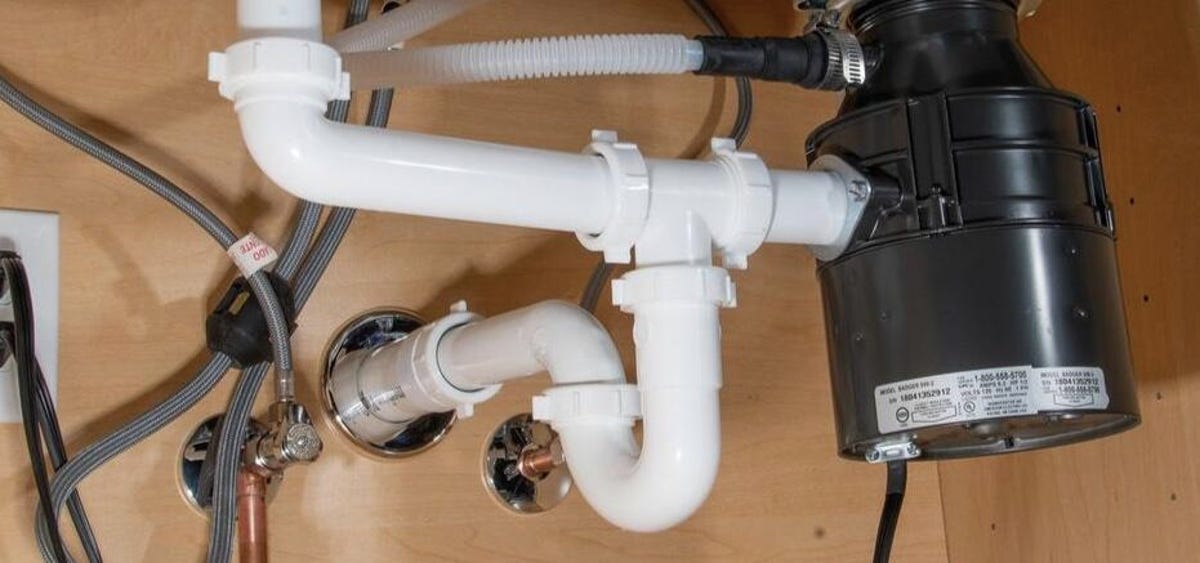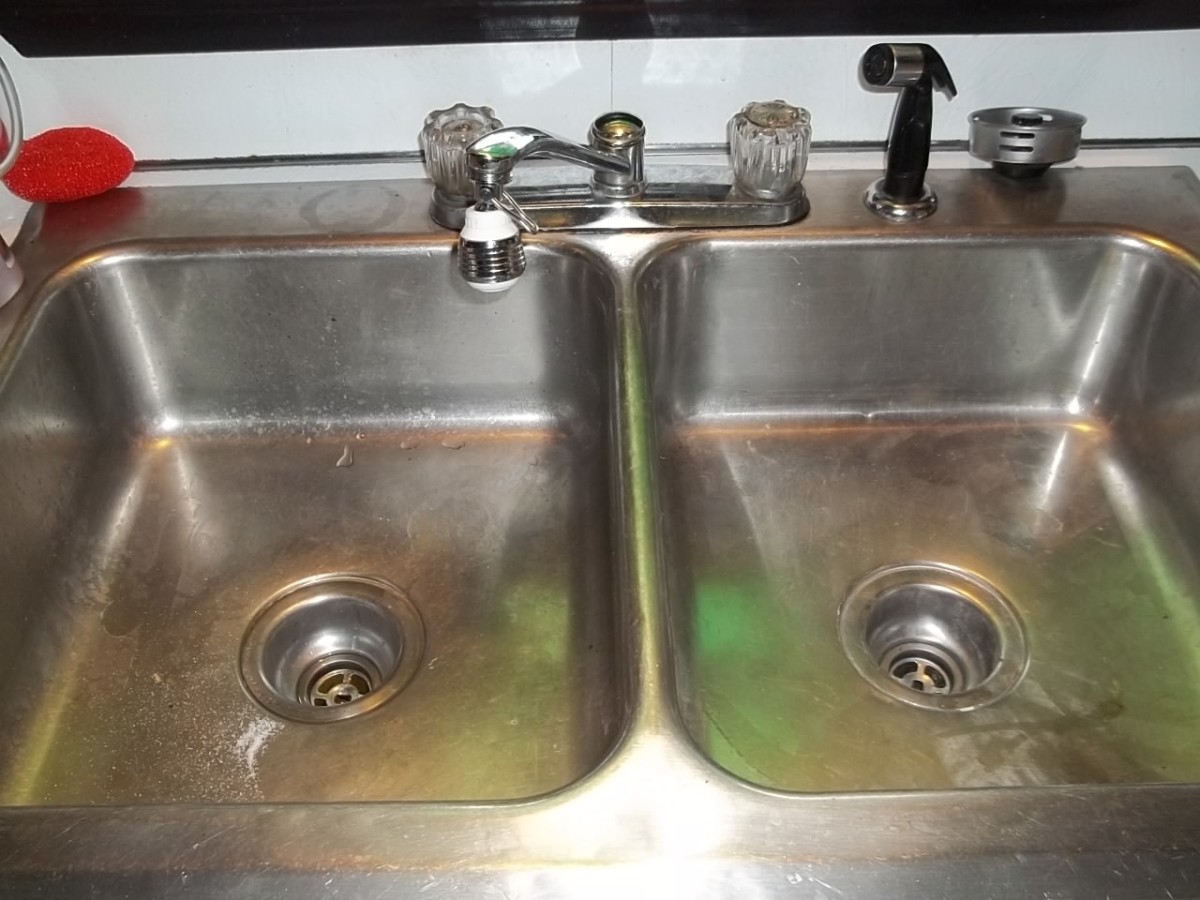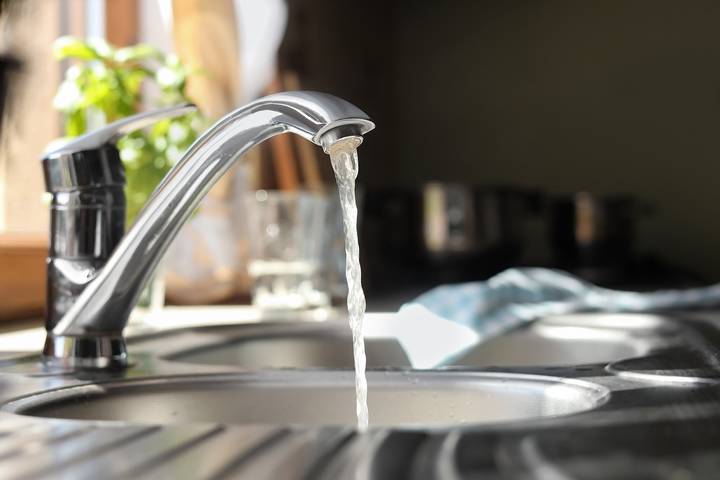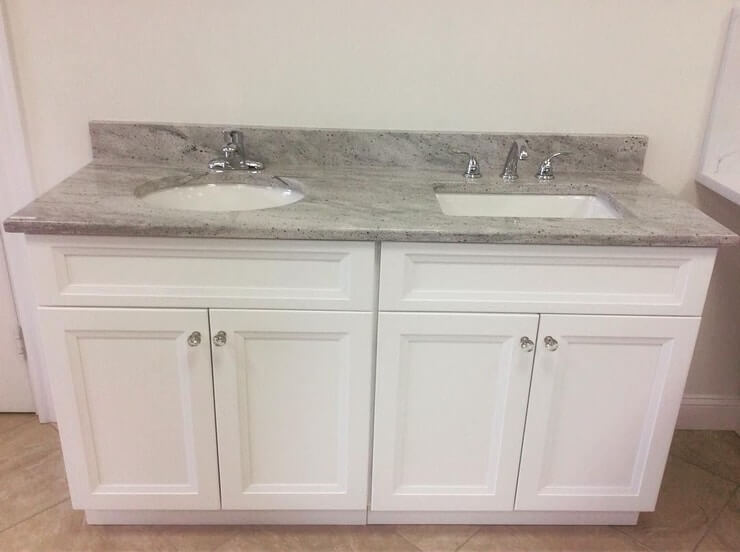How to Install a Kitchen Sink Trap Vent
If you're planning to do some remodeling in your kitchen, one important component that you shouldn't overlook is the sink trap vent. This small but crucial piece of plumbing helps prevent unpleasant odors and gases from entering your kitchen and can also prevent clogs in your sink. Here's a step-by-step guide on how to install a kitchen sink trap vent:
Step 1: Gather materials
Before you start the installation process, make sure you have all the necessary materials. These include a sink trap vent, PVC pipes, PVC cement, a pipe cutter or hacksaw, and a tape measure.
Step 2: Measure and cut the pipes
Using a tape measure, measure the distance between the sink drain and the vent pipe. Then, use a pipe cutter or hacksaw to cut a piece of PVC pipe to the appropriate length. Next, cut a second piece of pipe to connect the vent pipe to the drain pipe.
Step 3: Assemble the pipes
Using PVC cement, attach the pipes together. Make sure to follow the instructions on the cement carefully. Let the pipes dry and set for the recommended time before moving on to the next step.
Step 4: Install the sink trap vent
Place the sink trap vent onto the drain pipe and secure it with PVC cement. Make sure the vent is positioned at a slight angle to allow proper air flow.
Step 5: Test the installation
Before using your sink, run water through it to test the installation. If there are any leaks or issues, make the necessary adjustments.
How to Replace a Kitchen Sink Trap Vent
Over time, your kitchen sink trap vent may become damaged or start to malfunction. In this case, it's important to replace it as soon as possible to avoid any potential problems. Here's how you can replace a kitchen sink trap vent:
Step 1: Remove the old vent
Using a wrench, loosen the nuts that connect the old vent to the drain pipe. Carefully remove the vent and set it aside.
Step 2: Clean the area
Before installing the new vent, make sure to clean the area where the old one was attached. This will ensure a better seal and prevent any issues with the new installation.
Step 3: Install the new vent
Follow the same steps outlined in the previous section on how to install a kitchen sink trap vent to install the new one.
Step 4: Test the installation
Run water through your sink to test the new vent and make sure there are no leaks or issues.
Common Problems with Kitchen Sink Trap Vents
While a properly installed and maintained kitchen sink trap vent can prevent many issues, there are still some common problems that may arise. These include clogs, leaks, and unpleasant odors. Here's what you can do to address these problems:
Clogs: If your sink trap vent is clogged, try using a plunger to clear out any debris. You can also use a plumbing snake to remove any stubborn clogs.
Leaks: Leaks can be caused by a loose connection or damaged pipes. Make sure all connections are tight and replace any damaged pipes if necessary.
Odors: If you notice unpleasant odors coming from your kitchen sink, it could be due to a clogged vent. Try using a mixture of baking soda and vinegar to clear out any buildup in the vent.
How to Clean a Kitchen Sink Trap Vent
Regularly cleaning your kitchen sink trap vent is important to prevent clogs and maintain proper air flow. Here's how you can clean your vent:
Step 1: Remove the vent
Using a wrench, loosen the nuts that connect the vent to the drain pipe. Carefully remove the vent and set it aside.
Step 2: Soak in hot water
Fill a bucket with hot water and add a few drops of dish soap. Soak the vent in the water for a few minutes to loosen any buildup or debris.
Step 3: Scrub with a brush
Using a small brush, scrub the vent to remove any remaining buildup. Rinse with hot water and let it dry completely before reattaching it to the drain pipe.
Types of Kitchen Sink Trap Vents
There are several types of kitchen sink trap vents available, including:
Air Admittance Valves (AAV): These vents use a one-way valve to allow air to enter the drain pipe and prevent sewer gases from entering your kitchen.
Loop Vents: This type of vent is installed on the drain pipe and loops up and over the sink. It allows air to flow in and out of the drain pipe while also preventing sewer gases from escaping.
Studor Vents: Similar to AAVs, studor vents use a rubber diaphragm to allow air into the drain pipe. They can be installed in tight spaces and are a popular choice for under sink installations.
How to Unclog a Kitchen Sink Trap Vent
If your kitchen sink trap vent becomes clogged, it's important to address the issue as soon as possible. Here's how you can unclog your vent:
Step 1: Turn off the water
Before attempting to unclog the vent, make sure to turn off the water supply to your sink.
Step 2: Use a plunger
If the vent is clogged, try using a plunger to clear out any debris or buildup. Make sure to create a tight seal around the vent before plunging.
Step 3: Use a plumbing snake
If the plunger doesn't work, you can try using a plumbing snake to remove any stubborn clogs.
Importance of a Kitchen Sink Trap Vent
A kitchen sink trap vent may seem like a small and insignificant component, but it plays a crucial role in your plumbing system. Here's why it's important:
Prevents clogs: Without a vent, debris and buildup can accumulate in your drain pipe and cause clogs, leading to costly repairs.
Keeps your kitchen smelling fresh: A properly functioning vent helps prevent unpleasant odors from entering your kitchen, making it a more pleasant and hygienic space.
Prevents sewer gases from entering your home: The vent allows air to flow in and out of the drain pipe, preventing dangerous sewer gases from entering your home.
How to Maintain a Kitchen Sink Trap Vent
To ensure your kitchen sink trap vent continues to function properly, it's important to perform regular maintenance. Here are some tips to help you maintain your vent:
Clean it regularly: As mentioned earlier, cleaning your vent regularly can prevent clogs and keep it functioning properly.
Check for leaks: Periodically check the connections and pipes for any leaks and make necessary repairs as soon as possible.
Replace damaged parts: If you notice any damaged parts, such as cracked pipes or a faulty valve, make sure to replace them promptly to avoid any potential issues.
Signs of a Faulty Kitchen Sink Trap Vent
It's important to be aware of any signs that your kitchen sink trap vent may be malfunctioning. Here are some common signs of a faulty vent:
Unpleasant odors: If you notice a foul smell coming from your kitchen sink, it could be a sign of a clogged or damaged vent.
Slow draining: A clogged vent can also cause your sink to drain slowly. If the water is taking longer than usual to drain, it's worth checking the vent.
Leaks: Any leaks around the vent or drain pipe could indicate a problem with the vent or its connections.
How to Troubleshoot a Kitchen Sink Trap Vent
If you're experiencing issues with your kitchen sink trap vent, here are some troubleshooting tips:
If the vent is clogged: Use a plunger or plumbing snake to remove the clog. If the issue persists, it may be time to replace the vent.
If there are leaks: Check all connections and make sure they are tight. If the leaks continue, there may be damage to the pipes that need to be replaced.
If you notice unpleasant odors: Clean the vent and check for any clogs. If the problem persists, there may be a larger issue with the vent that needs to be addressed.
The Importance of a Properly Installed Kitchen Sink Trap Vent in Your Home Design

The Purpose of a Kitchen Sink Trap Vent
The Benefits of a Properly Installed Kitchen Sink Trap Vent
 Aside from preventing clogs and unpleasant smells, a properly installed kitchen sink trap vent has several other benefits. One of the main advantages is its ability to improve the overall efficiency of your plumbing system. By allowing air to flow freely, it helps water drain more quickly and efficiently, saving you time and money in the long run.
Additionally, a kitchen sink trap vent can help reduce the risk of sewer gas entering your home. Sewer gas is not only unpleasant to smell, but it can also be hazardous to your health. A trap vent ensures that sewer gas is properly vented outside of your home, keeping you and your family safe.
Aside from preventing clogs and unpleasant smells, a properly installed kitchen sink trap vent has several other benefits. One of the main advantages is its ability to improve the overall efficiency of your plumbing system. By allowing air to flow freely, it helps water drain more quickly and efficiently, saving you time and money in the long run.
Additionally, a kitchen sink trap vent can help reduce the risk of sewer gas entering your home. Sewer gas is not only unpleasant to smell, but it can also be hazardous to your health. A trap vent ensures that sewer gas is properly vented outside of your home, keeping you and your family safe.
Proper Installation and Maintenance
 It's important to note that a kitchen sink trap vent must be installed correctly in order to function properly. This is where hiring a professional plumber comes in handy. They have the knowledge and expertise to ensure that your trap vent is installed correctly and in compliance with local building codes.
It's also important to maintain your trap vent by regularly cleaning it and checking for any damage or blockages. This will help ensure that it continues to function properly and prevents any future issues.
Kitchen sink trap vent
may not be the most glamorous aspect of home design, but it plays a crucial role in the functionality of your plumbing system. By understanding its purpose and benefits, and ensuring proper installation and maintenance, you can avoid potential issues and enjoy a smoothly running home. Don't overlook this important element in your home design and plumbing system.
It's important to note that a kitchen sink trap vent must be installed correctly in order to function properly. This is where hiring a professional plumber comes in handy. They have the knowledge and expertise to ensure that your trap vent is installed correctly and in compliance with local building codes.
It's also important to maintain your trap vent by regularly cleaning it and checking for any damage or blockages. This will help ensure that it continues to function properly and prevents any future issues.
Kitchen sink trap vent
may not be the most glamorous aspect of home design, but it plays a crucial role in the functionality of your plumbing system. By understanding its purpose and benefits, and ensuring proper installation and maintenance, you can avoid potential issues and enjoy a smoothly running home. Don't overlook this important element in your home design and plumbing system.





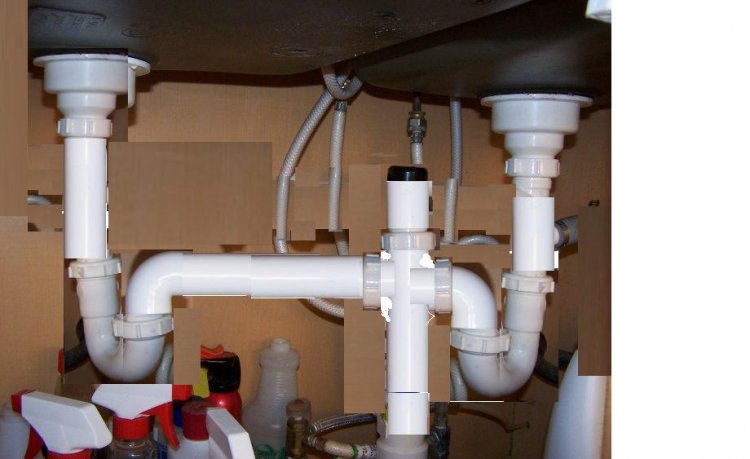

:no_upscale()/cdn.vox-cdn.com/uploads/chorus_asset/file/19495086/drain_0.jpg)



/sink-drain-trap-185105402-5797c5f13df78ceb869154b5.jpg)




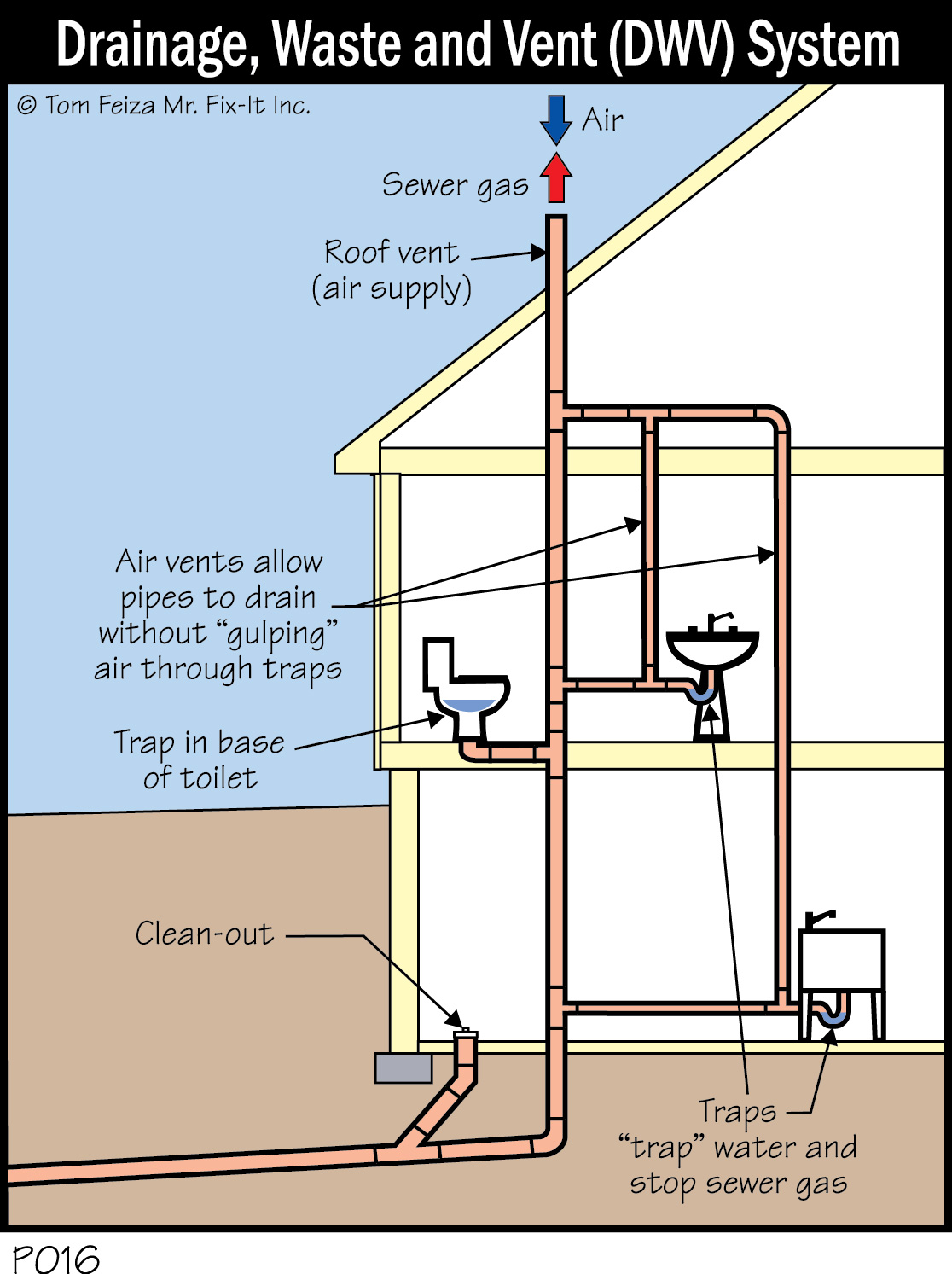











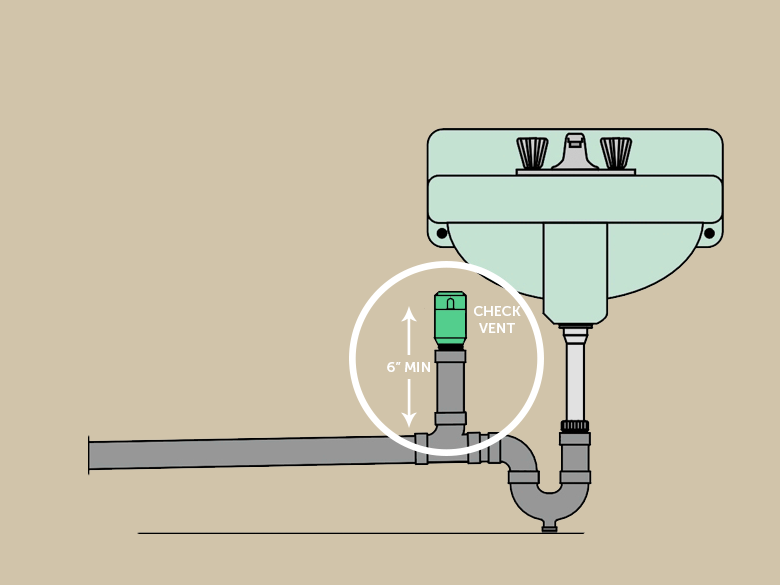


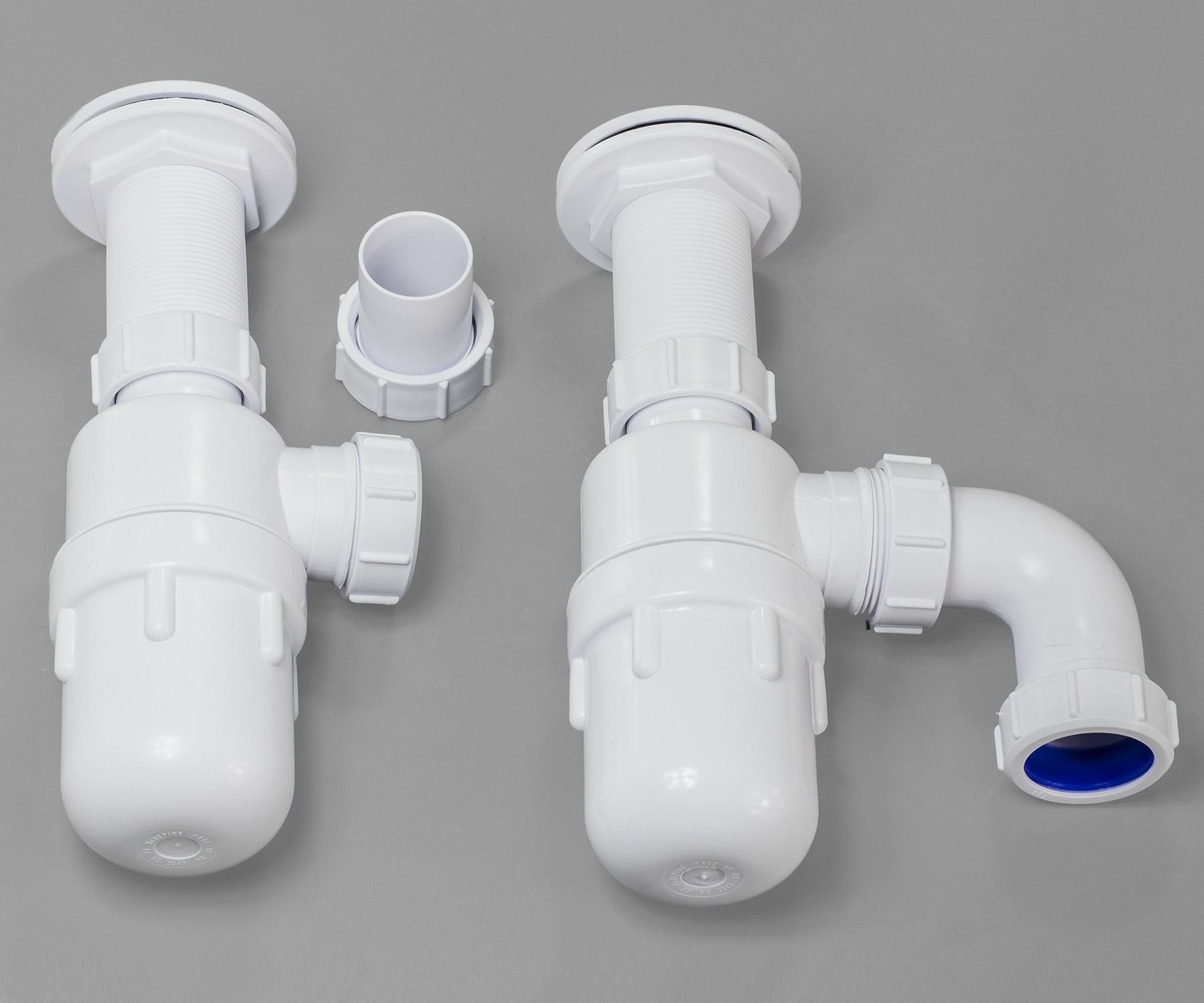

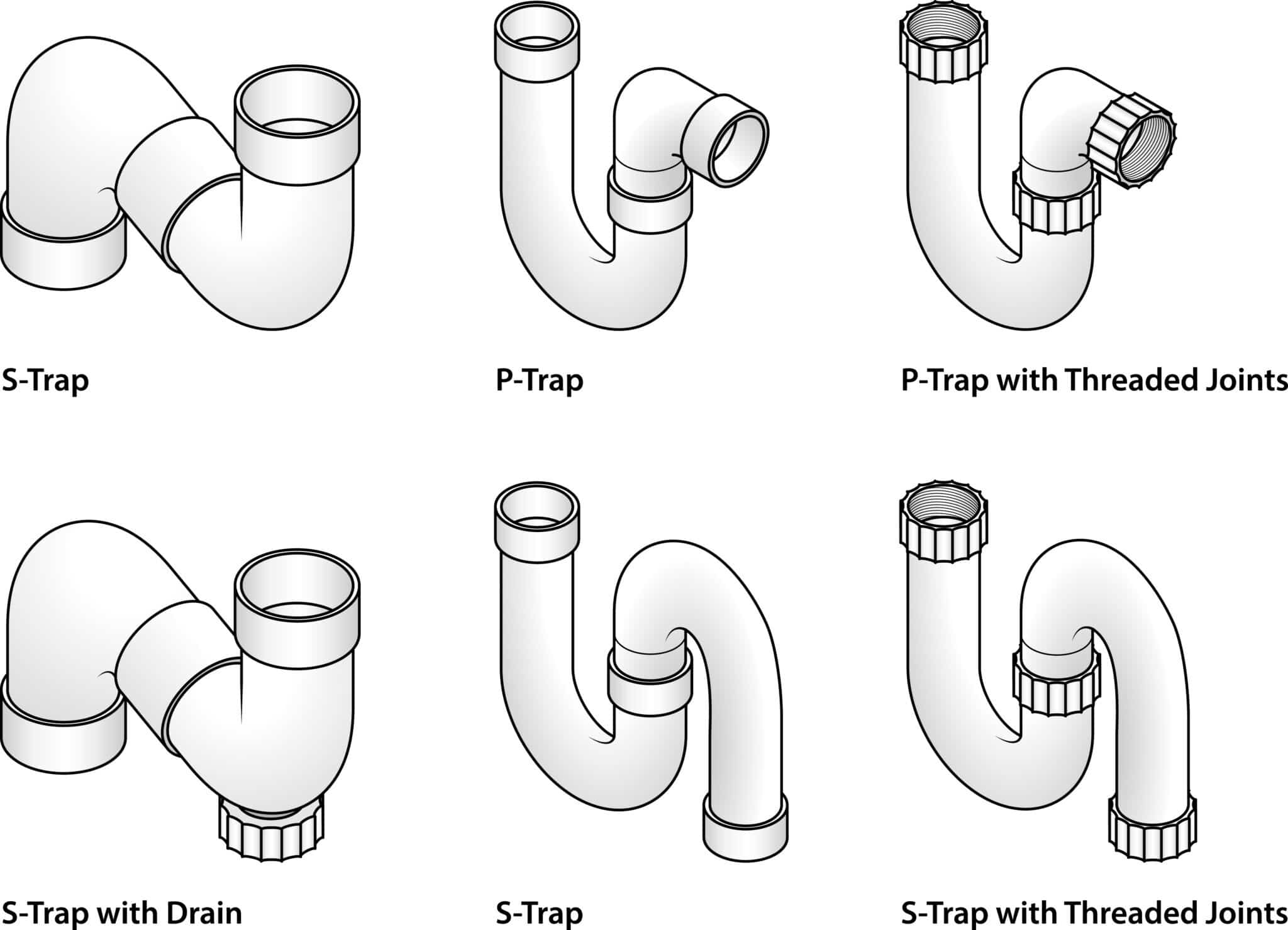

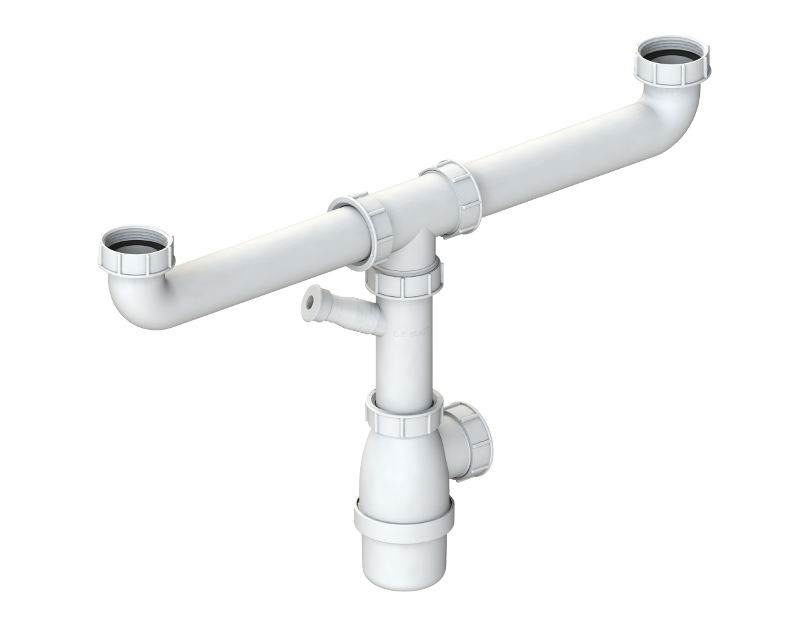




:max_bytes(150000):strip_icc()/how-to-unclog-a-kitchen-sink-2718799_sketch_FINAL-8c5caa805a69493ab22dfb537c72a1b7.png)


